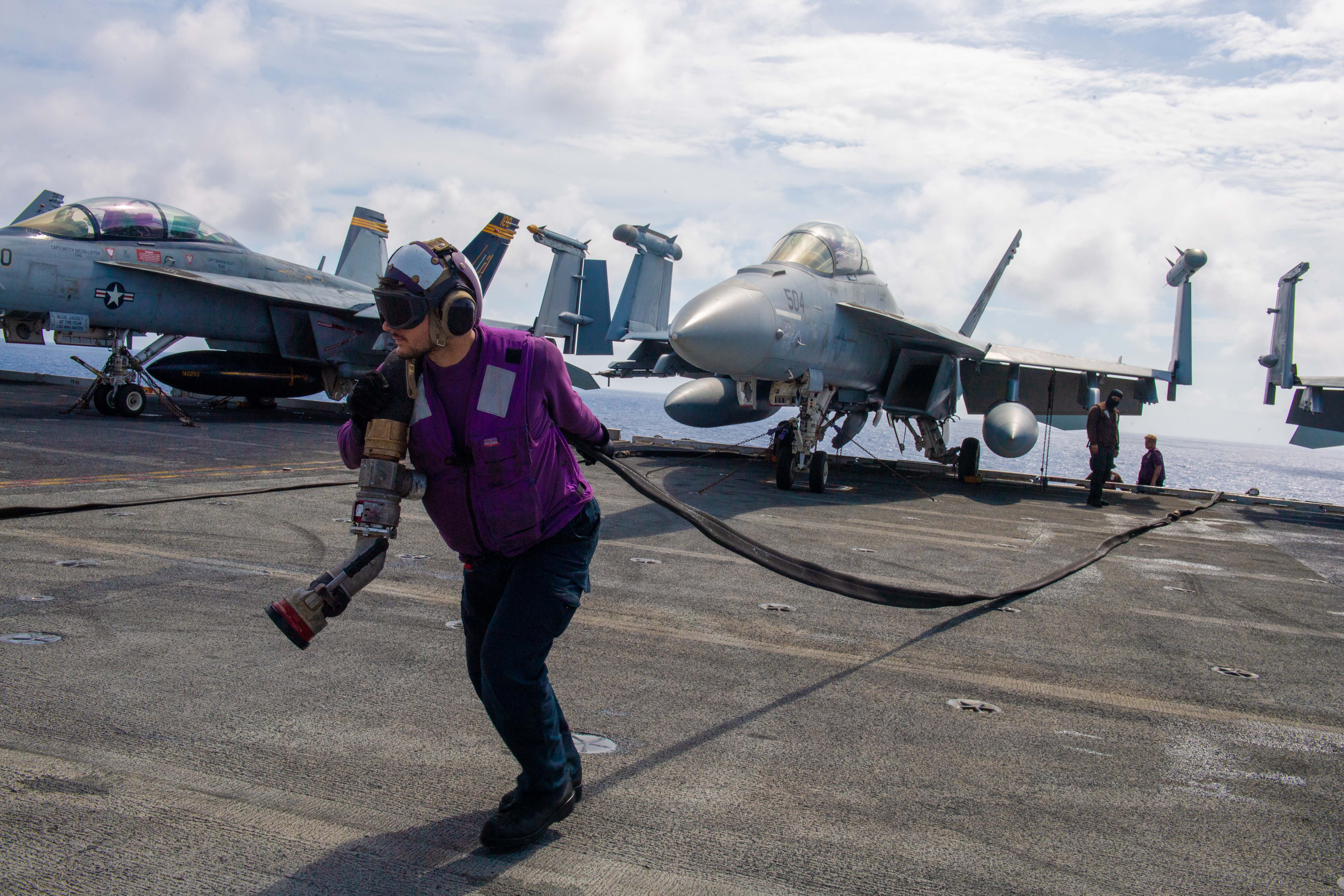
ABOARD AIRCRAFT CARRIER USS DWIGHT D. EISENHOWER – Fresh from a training exercise off the coast of Virginia, the Navy’s second oldest carrier is getting minor repairs while moored at Naval Station Norfolk, Va. But just below the flight deck of USS Dwight D. Eisenhower (CVN-69), the staff of Carrier Strike Group 2 was fighting a war in Europe.
Since Aug. 9, CSG-2 Commander Rear Adm. Marc Miguez and his staff have been plugged into the part-virtual, part-real Large Scale Exercise 2023 that is testing 25,000 sailors and Marines on how they would fight the next war at sea.
The action on Ike plays out on the screens of the tactical flag commanded center where Miguez and his staff fight the strike group. Representatives from Carrier Air Wing 3, Destroyer Squadron 22 and the air defense guided-missile cruiser USS Philippine Sea (CG-58) work from the command center. Ike was paired with carrier USS Gerald R. Ford (CVN-78), currently in the Mediterranean Sea, as part of the overall LSE scenario, Miguez said.
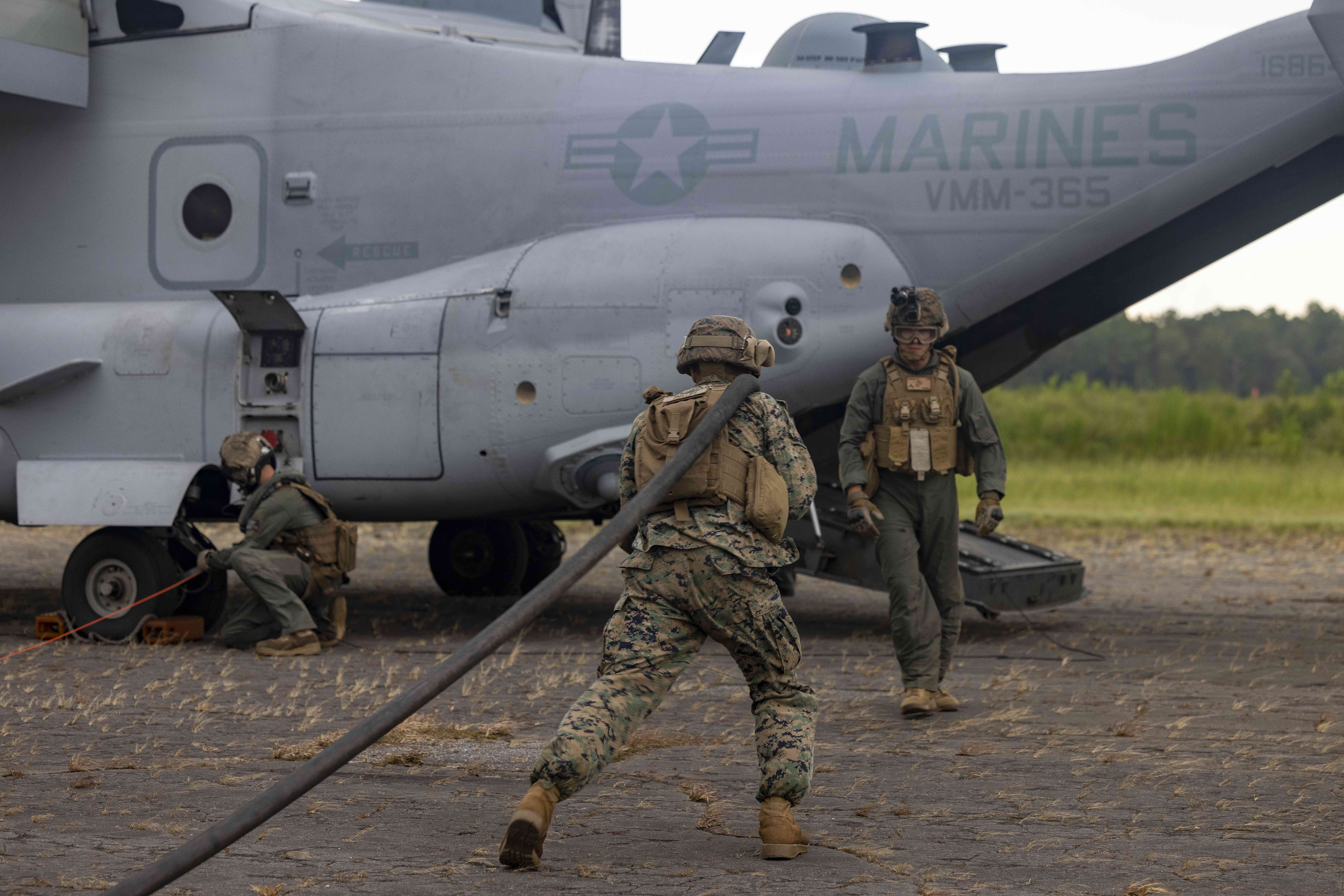
“What we do is we plug into that virtual network,” he told reporters on the carrier on Friday.
“This carrier is teleported into the U.S. 6th Fleet AOR for the Large Scale Exercise.”
Ike and five other carrier strike groups (two live, four virtual), six Amphibious Ready Groups (two live, four virtual), and 25 live and 50 virtual additional ships are all tied into the massive exercise across the U.S. Pacific Fleet, Naval Forces Europe-Africa and U.S. Fleet Forces Command.
For Miguez and the rest of the staff, the tracks of missiles and aircraft on the screens look just like the real thing.
“It’s probably one of the most dynamic and most stressing situations that we put our watchstander crew and our aircrew through. … The training environment has us being shot at by threat aircraft, threat ships, and threat land-based [missiles],” he said, but added, “We can actually do it tied to the pier.”
‘Taking it to the Edge’
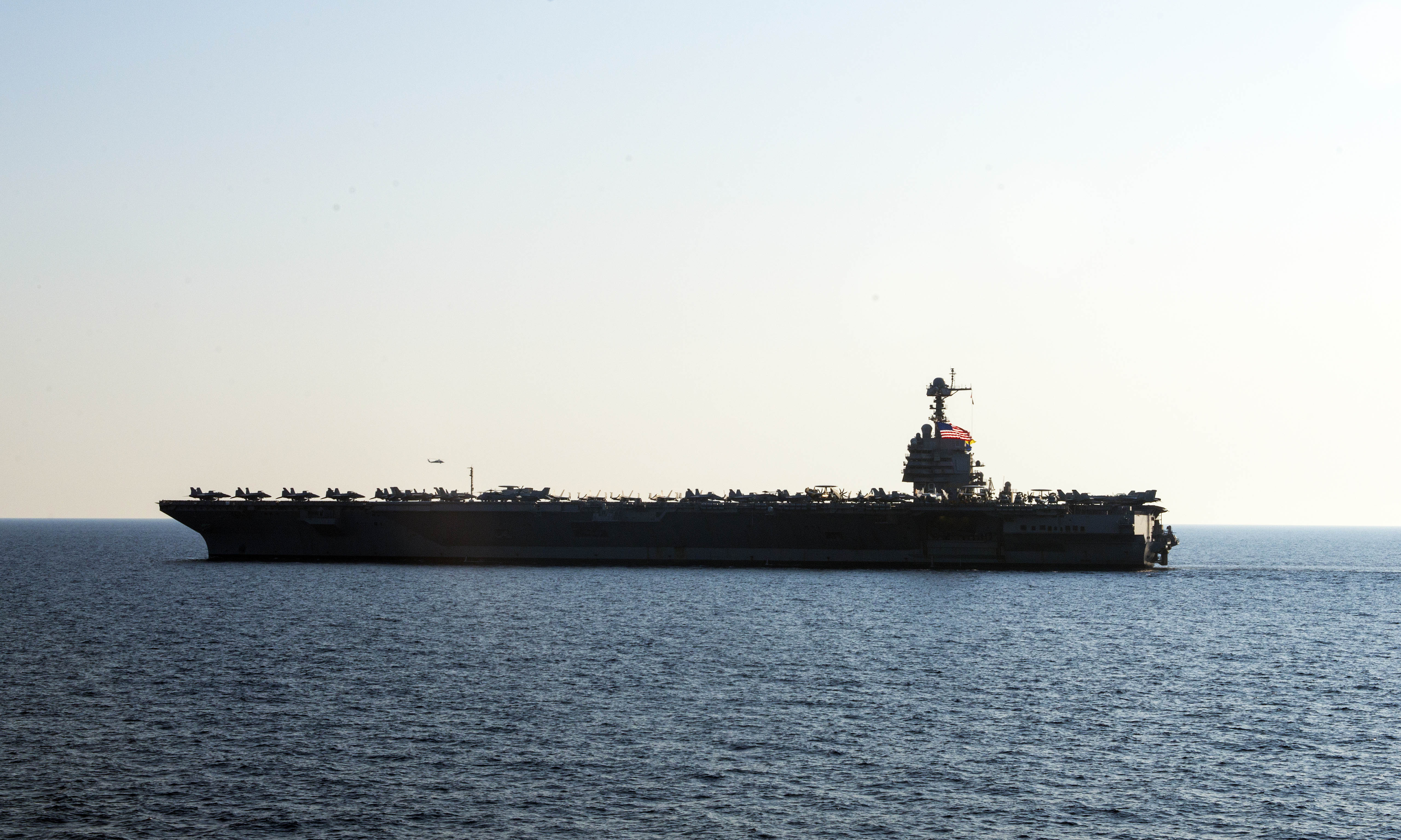
Two years after the initial Large Scale Exercise 2021, the Navy and Marines are again testing their new theories of war at sea with a blend of real-live and virtual training designed to push the commands of three four-star fleet admirals to their limits.
“We’re taking it to the edge of what we think the force can do, and then pushing the force beyond and get through the science of warfare, get to the art of warfare,” retired U.S. Pacific Fleet commander Adm. Scott Swift told reporters at the exercise’s nerve center at the Navy Warfare Development Center in Norfolk, Va.
“We’re going to push this thing, and so that it’s really hard for them to win, we want to find the failure points,” Swift said.
Exercise planners have cranked up the realism by having the 25,000 sailors and Marines join the fight as they are – just like the crew of Ike – with very little preparation outside of normal training.
“We are using the actual force laydown that existed at the end of June as a realistic force laydown,” U.S. Fleet Forces vice commander Rear Adm. Andrew Burcher told reporters on Friday.
“We’re using the actual force ordnance level as of that same time period… We’re using actual numbers, and that forces that tension, and it makes the exercise much more realistic.”
Former Naval Forces Europe-Africa (NAVEUR) commander Adm. Jamie Foggo, who is roleplaying as senior leadership like the Chairman of Joint Chiefs of Staff and Secretary of Defense during the exercise said they were also using the characteristics of adversaries like Russia to inform the scenarios.
“We’re using their order of battle and their numbers, too. This is very, very realistic. It’s what you’re going to face in a real operations review to determine [the] adversary and, if necessary, fight the adversary,” he told reporters.
In one instance, Foggo said he saw the virtual track of a Russian Navy Osa-class missile boat from a P-8A Poseidon surveillance aircraft playing in the exercise and it looked just like the real thing.
“Once it gets up to this level and you see it on the watch floor, you can’t tell the difference between live and virtual,” Swift said.
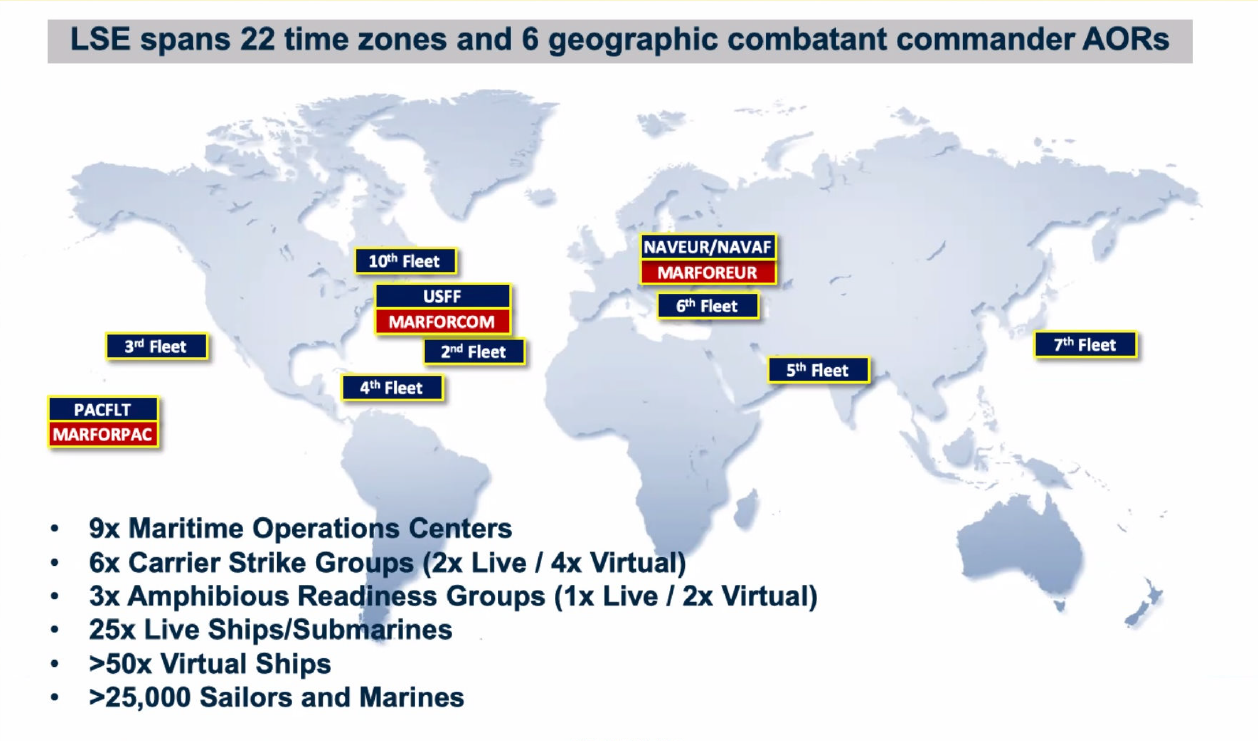
Loosely put, the LSE 2023 scenario has two U.S. competitors acting aggressively, requiring a coordinated battle plan from the Navy and Marine Corps
“[It’s] an ever-increasing, percolating event in a certain area of responsibility at the same time, and other competitors taking advantage of that and trying to gain control or do something else at the same time at a global level,” Fleet Forces commander Adm. Daryl Caudle told reporters.
“We’re watching one thing, and the other adversary is trying to see are we taking the eye off the ball, and so that’s what [is] stressing [the fleet] at the global level.”
Planners and Navy leaders were careful not to call out Russia and China, but also said they based the exercise on real-world events.
In one instance, current NAVEUR commander Adm. Stuart Munsch told reporters he was briefed on a real-world instance in Europe in the morning and by the afternoon a version of the event had been included in LSE 2023.
The massive scale of LSE 2023 is crafted to test core fundamental ideas of how the Marines and Navy will fight in the future. For the Marines, those are Expeditionary Advanced Base Operations and Littoral Operations in a Contested Environment – the twin concepts reviving the Marines’ island-hopping ethos from World War II.
EABO at Oak Grove
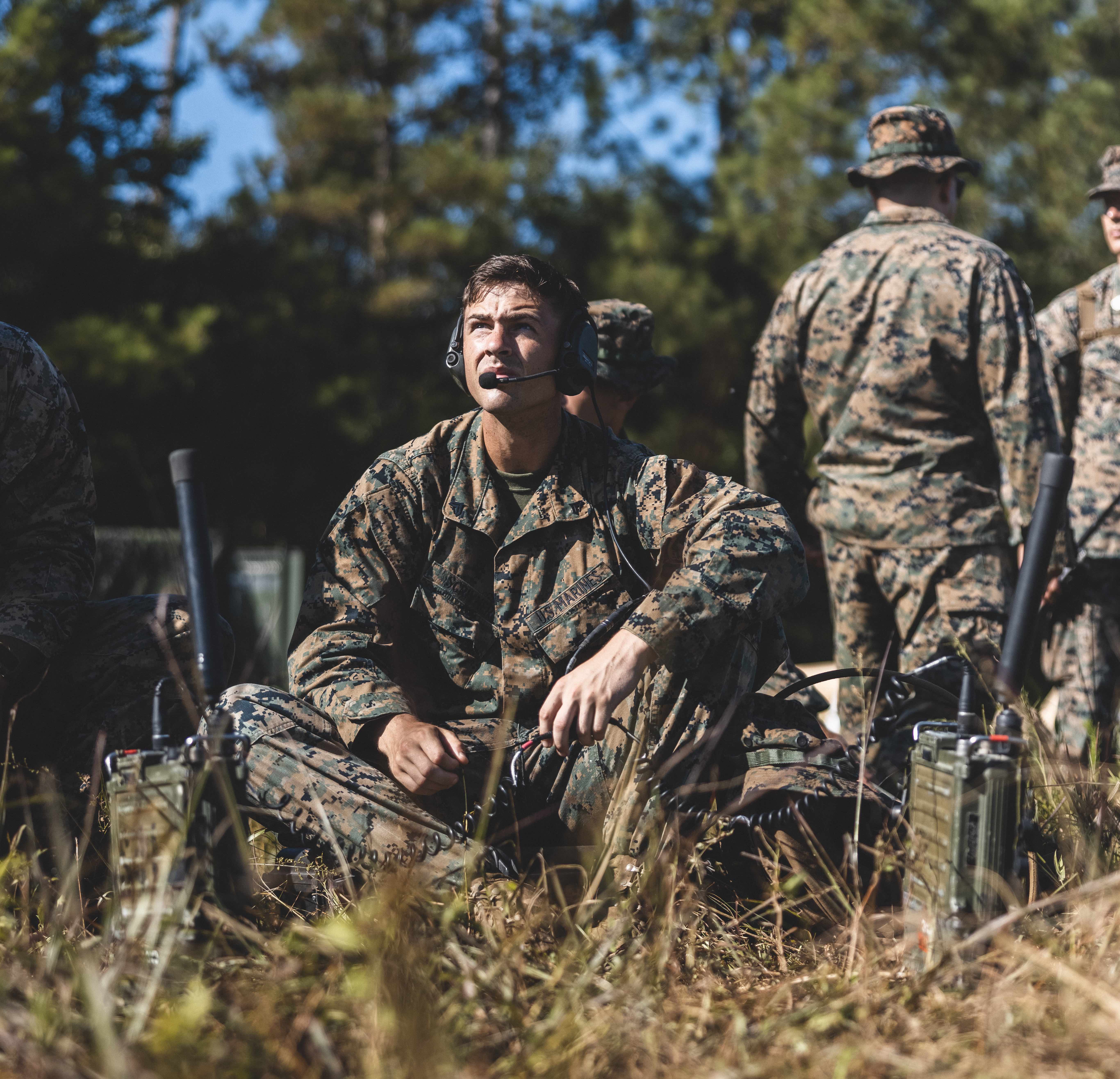
Reporters were flown via CH-53E Super Stallion to the Marines’ outlying airfield Oak Grove, a weedy runway near Jacksonville, N.C., to see how the service would use a forward base as a part of LSE 2023.
Under EABO, the Marines could quickly flow into an area, set up a forward base to support helicopters and Marine F-35B Lightning II Joint Strike Fighters and leave just as quickly.
Marines from Combat Logistics Regiment 2 created a fly-by-night forward arming and refueling point in the tall grass by the runway. Two Super Stallions dropped off tents, an inflatable fuel tank and heavy equipment to rearm and refuel everything from CH-53s to MV-22s operating from amphibious warship USS New York (LPD-21) sailing off the coast of North Carolina, regimental commander Col. Ginger Beals told reporters on Friday.
“We know how, what the support is needed, and how the support is going to be provided from both the Marine Corps side and the Navy side,” she said.
Due to the scale and interconnectedness of the exercise, decisions made by Beals’ Marines on the most basic level can sway the outcome of the exercise
In terms of how concepts like EABO work, “We can agree conceptually at the three and four-star level,” U.S. Pacific Fleet commander Adm. Sam Paparo told USNI News. “But until the tactical corporals and tactical petty officers are executing these operations in real terrain and in real waters, using real equipment, and we’re able to … execute the simulations that we’re doing, it’s all just a bunch of concepts on a sheet of paper.”
The forward base at Oak Grove completed their mission, but not without some “real equipment” issues, Marine Sgt. Nicolas Casson said.
“The fuel tanks, they haven’t been used,” said Casson, who led the Marine unit assigned to set up the refueling node. “So when we tried to fill them with fuel, then we noticed leaks either from dry-rotted hoses or cracked pipes. They were not able to identify it unless there’s fuel in the tank.”
Spreading Out the Force
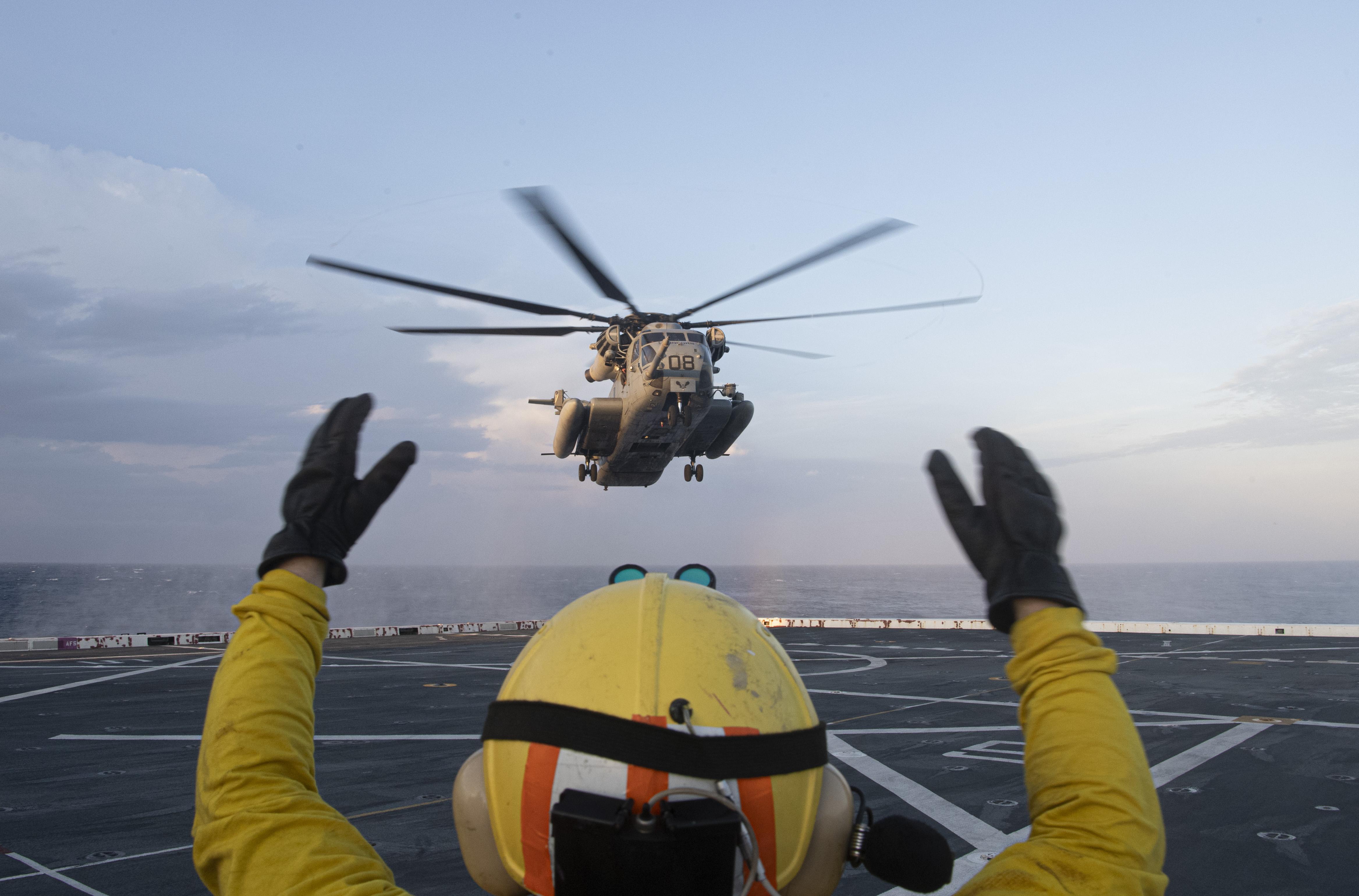
In addition to EABO, the exercise is also testing how the Marines will use positions ashore to fight targets at sea as part of Littoral Operations in a Contested Environment. As part of the ongoing Force Design 2030 reforms for the service, the Marines are acquiring new weapons and developing novel tactics, like deploying traditionally shore-based anti-ship missiles from amphibious ships.
“It’s to add to the Marine Corps, in addition to its traditional missions of crisis response and as a joint [emergency] force, the ability to dynamically maritime terrain, and to be able to hold maritime battlespace at risk and to operate in coordination with the Navy,” Paparo told reporters.
Using Marines on shore to monitor or defend straits and other maritime choke points frees up naval forces for other operations, Munsch said.
“It really magnifies what I’m able to do over here at a strategic level… it’s been transformational, and it’s real,” Munsch said. “I’m not experimenting anymore.”
Farther from shore, LSE is also set to test distributed maritime operations (DMO). The idea behind DMO is to connect ships with a complex web of links that can pass targeting and command and control data over vast distances. DMO is a departure from the tight formations of carrier strike groups and amphibious ready groups that needed to operate closely together.
“We can not just sit there” like an ARG, Capt. Chris Narducci, lead exercise planner told reporters on Friday. “We will be found, and it will be over quickly.
Distributed operations might include, for example, a group of manned and unmanned surface ships operating hundreds of miles away from each other but sharing enough information to simultaneously fire at a target from all directions.
“[DMO] gives us the ability to mass fires under the principles of expanded maneuver, and that has been enabled by our ability to disaggregate sensor, shooter and platform to be able to achieve massive fires on particular centers of gravity, while dispersing and operating formations more dynamically,” Paparo said.
Following up on LSE 2021, the current exercise is testing the efficacy of DMO as it evolves in line with command, control and communications tools being developed as a part of the Pentagon’s developing joint operational concept. Paparo and Munsch both said their commands were widely using tenets of DMO, but there were still some practical limitations on the logistics front.
“We had spent the last few decades applying lean six sigma and just-in-time delivery and reliance on commercial services, which to a fair degree thinned out the redundancy and logistics distribution and inventory that you would need in order to operate,” Munsch told USNI News.
“At the point of warfighting, we’re pretty well there. It’s in that logistics foundation that we need to do more.”
After Action
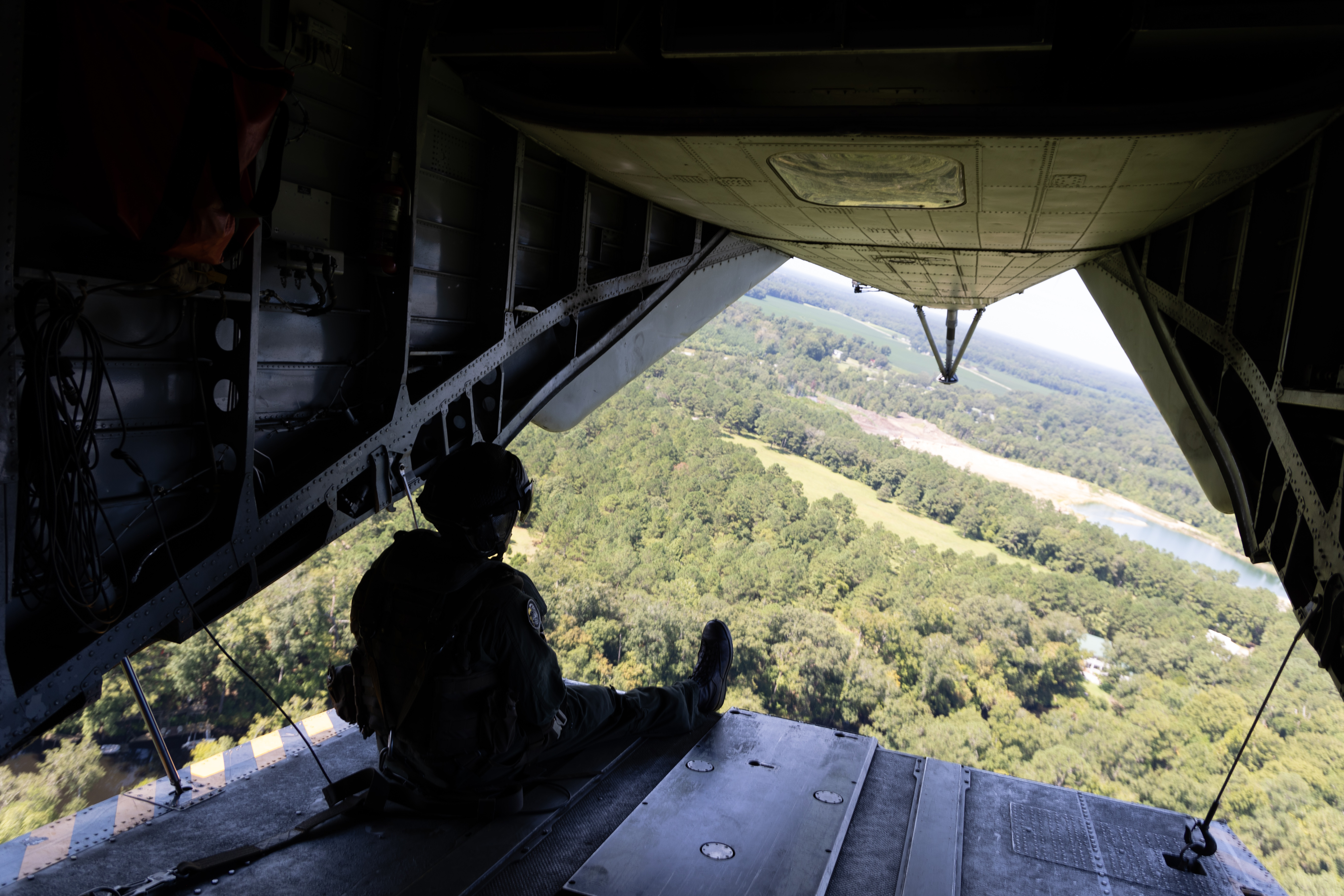
LSE 2023 wraps on Friday. Then the analytical work starts.
Though it only lasts nine days, the exercise will produce reams of data to be picked over and analyzed by the non-profit research group Center for Naval Analyses. After LSE 2021, CNA spent months reviewing the inputs from the exercise and producing recommendations that informed the current exercise. The analysis stressed more realism at the lower tactical levels and greater input from the players at the top of the Pentagon leadership.
Swift and Foggo will write their own initial impressions.
“Think of the after-action report as initial observations of subjective [experiences], because it’s based on the experience,” Swift said. “We will have recommendations, but they’re recommendations of areas to explore, and then it’s reinforced by the CNA report,” Swift said.
“This is about looking at man, train and equip mission functions [and] tasks, and assessing, is the training continuum working? I mean, we are testing these, we’re taking it to the edge of what we think the force [can do]… This is about learning.”





